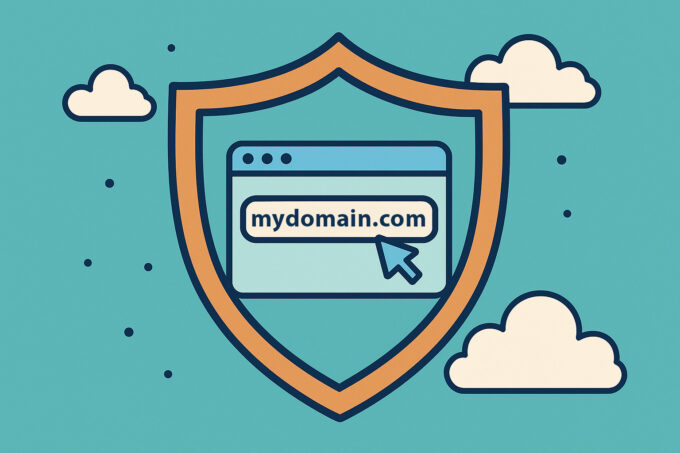Regularly Update Software and Plugins
Keeping your website’s software, including your content management system (CMS) such as WordPress, and plugins up to date is essential. Developers release updates not only to introduce new features but also to patch security vulnerabilities. To ensure timely updates:
- Enable automatic updates whenever possible, especially for critical security patches.
- Regularly check for available updates and apply them promptly.
- Consider using a staging environment to test updates before applying them to your live website to catch any compatibility issues.
Implement Strong Password Policies
Passwords are often the first line of defense against unauthorized access. Implementing strong password policies can significantly enhance your website’s security:
- Require complex passwords with a mix of upper and lower case letters, numbers, and special characters.
- Encourage users to use unique passwords for their accounts and avoid using easily guessable information like birthdays.
- Consider implementing a password manager to generate, store, and autofill complex passwords securely.
Use a Reputable Web Host with Robust Security Features
Your choice of web hosting provider can impact your website’s security. Look for a host that offers:
- Frequent server monitoring to detect and address potential threats.
- Web application firewalls (WAFs) that can filter out malicious traffic.
- DDoS protection to mitigate distributed denial-of-service attacks.
- Regular backups with the option to restore your site to a previous state in case of emergencies.
Install a Web Application Firewall (WAF)
A WAF acts as a shield between your website and potential threats by filtering incoming traffic. When choosing and configuring a WAF:
- Select a WAF solution that suits your website’s specific needs.
- Configure it to block common attack vectors such as SQL injection and cross-site scripting (XSS).
- Continuously monitor WAF logs for potential security incidents.
Conduct Regular Security Audits and Vulnerability Scans
Proactively assessing your website’s security can help you identify and address vulnerabilities. Consider the following steps:
- Schedule regular security audits or penetration testing with cybersecurity professionals.
- Use automated vulnerability scanning tools to check for common weaknesses.
- Keep an inventory of all third-party software and plugins and monitor them for security updates.
Educate Your Team About Security Best Practices
Your team members should be aware of security best practices to avoid falling victim to social engineering attacks. Provide training on:
- Identifying phishing attempts and suspicious emails.
- Recognizing signs of potential security threats or breaches.
- Reporting security incidents promptly and following established protocols.
Enable Two-Factor Authentication
Enabling two-factor authentication (2FA) adds an extra layer of security by requiring users to provide two forms of verification before gaining access. Encourage the use of 2FA for:
- Website administrators.
- Content contributors and editors.
- Anyone with access to sensitive data or critical website functions.
Backup Your Website Regularly
Regular backups are crucial for disaster recovery and can help you quickly restore your site in case of a security breach or data loss:
- Set up automated backups on a regular schedule, such as daily or weekly.
- Store backups in secure, off-site locations, such as cloud storage or a separate server.
- Test your backup restoration process periodically to ensure it works effectively.
Have a Plan for Handling Security Incidents
Despite your best efforts, security incidents may occur. Having a well-defined incident response plan can minimize damage:
- Develop a clear protocol for detecting, reporting, and responding to security incidents.
- Identify roles and responsibilities for team members during a security incident.
- Establish communication channels and contacts for reporting and addressing incidents.
- Regularly review and update your incident response plan to adapt to evolving threats.
Keep Abreast of Security News and Trends
The cybersecurity landscape is constantly evolving. Staying informed about the latest threats and trends can help you adapt your security strategy:
- Subscribe to security newsletters and blogs.
- Participate in online forums and communities to exchange insights and best practices.
- Attend webinars or conferences on cybersecurity.
By implementing these website security best practices, you can significantly enhance your website’s protection against cyber threats in 2023. Remember that security is an ongoing process, and staying vigilant is key to maintaining a safe and secure online presence. Obviously we can do that for you…



